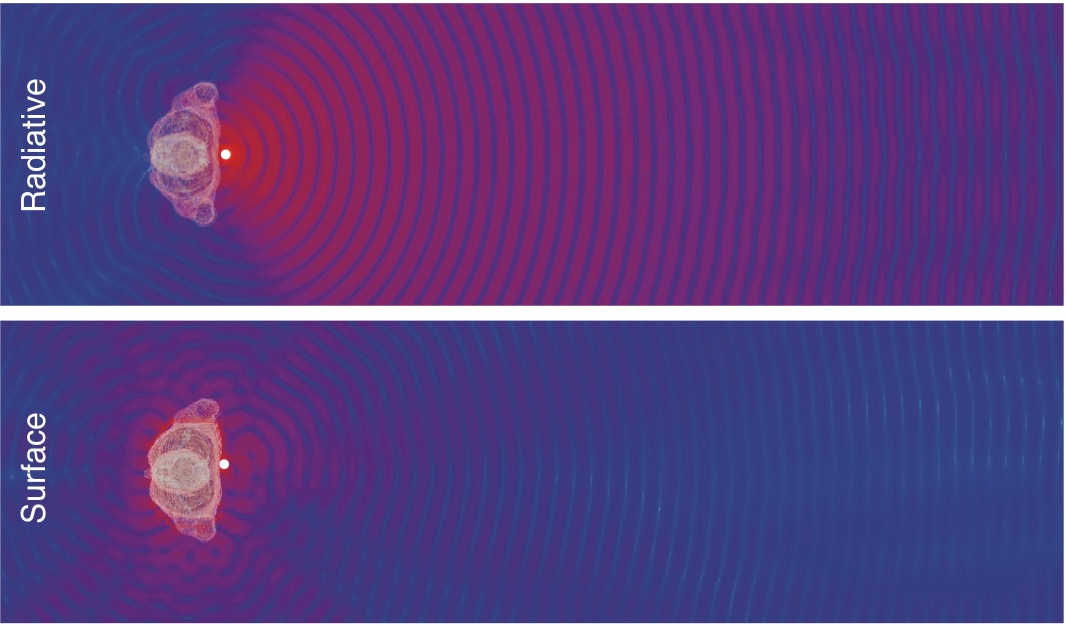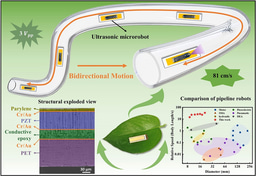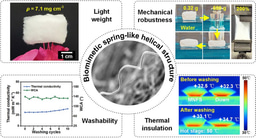Metamaterial textiles connect wireless wearable sensors
Published in Electrical & Electronic Engineering

Electronic devices are merging closer with our bodies. Beyond today’s smartphones and smart watches, the next-generation of sensors, displays, and wearables will be able to continuously monitor health and enable new ways to interact with our environments and each other. To do this, wearable devices will need to be able to communicate with each other, forming a connected network of sensors called a “bodynet”.
Today, most wearable devices use wireless technology to connect with each other, eliminating the cumbersome wires used in the past. However, wireless technologies have challenges that stem from the way that they work: the signal radiates into the space around the body, wasting energy and creating vulnerabilities to eavesdropping. As a result, wireless systems are inefficient and insecure, requiring the use of complex networking protocols and low-power circuits to mitigate these challenges.

We wondered if it would be possible to change the way that wireless signals propagate around the body. We took inspiration from surface plasmons, a type of light wave that is strongly confined to the surface of metals. Could wireless signals propagate on the surface of the body in the same way that light propagates on metallic surfaces? Unlike the “radiative” waves ordinarily used to carry wireless signals, such “surface” waves would be held closely to the body and provide efficient and secure wireless connectivity.
The main obstacle to this vision is that surface plasmons do not exist in natural materials at the frequencies used for everyday wireless communication. About fifteen years ago, however, it was shown that artificial materials called metamaterials can be used to create “spoof” surface plasmons using structures as simple as metal sheets with holes in them. We reasoned that incorporating such metamaterials into clothing would cause wireless signals emitted by ordinary devices to propagate around the body as surface plasmons.
We started with a specific metamaterial pioneered by Prof. Tie Jun Cui at the Southeast University in China and Francisco J. Garcia-Vidal at the Universidad Autonoma de Madrid that was both flat and could support surface plasmons (PNAS in 2013). We had to redesign the structure so that it could work at the frequencies used for Bluetooth and Wi-Fi, perform well even when close to the human body, and could be mass produced by cutting sheets of conductive textile.
We were surprised by the initial results. Using a smartphone to receive a signal emitted from a small Bluetooth device, we found that the strength of the signal could be boosted by about a thousand times by simply placing them near the metamaterial textile. Importantly, this boost did not require any changes to either the smartphone or the Bluetooth device: the metamaterial could work with any existing wireless device in the designed frequency band.

The high efficiency provided by the metamaterial textiles means that wireless devices could use much less power and last far longer. It also opens the door for wireless power transfer around the body. Everyday wireless devices transmit up to a tens of milliwatts of power to communicate with each other – more than enough to power a small sensor and transmit data back. However, the signal loss encountered during propagation around the body usually results in too little power reaching the sensor to be useful for powering. We showed that the surface plasmons on clothing could power battery-free sensors – an unusual use of clothing as a way to distribute wireless power around the body.
Looking ahead, we envision that the metamaterial textiles could be used on specialized clothing for athletes, military personnel, and patients to create “bodynets” for monitoring performance and health. We might also imagine using such clothing to sense the body and its environment through changes in wireless signals, giving us new ways to perceive the world around us.
For more details on our work, please read the paper at: Tian, X. et al. Nat. Electron. https://doi.org/10.1038/s41928-019-0257-7 (2019).
Follow the Topic
-
Nature Electronics

This journal publishes both fundamental and applied research across all areas of electronics, from the study of novel phenomena and devices, to the design, construction and wider application of electronic circuits.





Please sign in or register for FREE
If you are a registered user on Research Communities by Springer Nature, please sign in